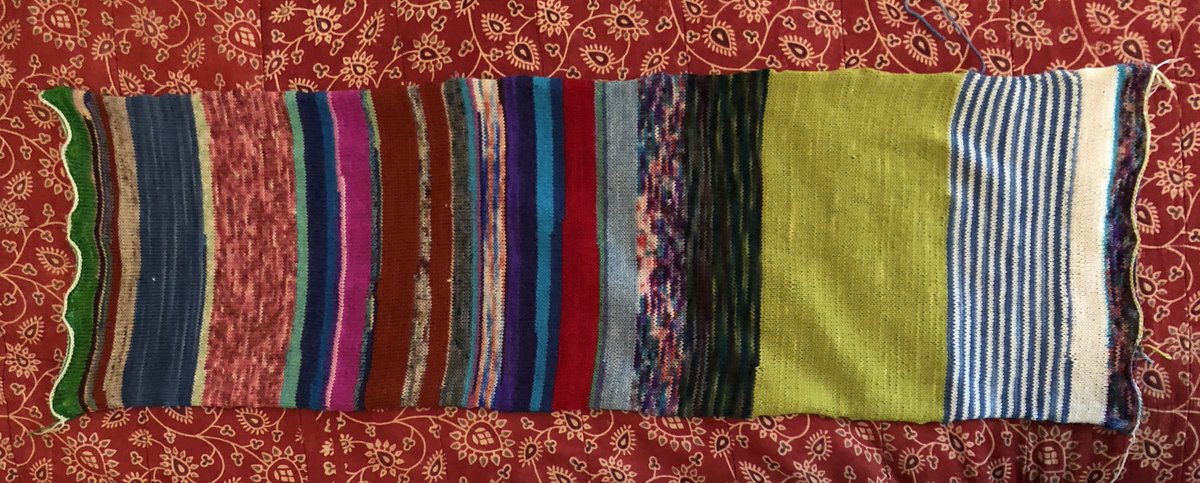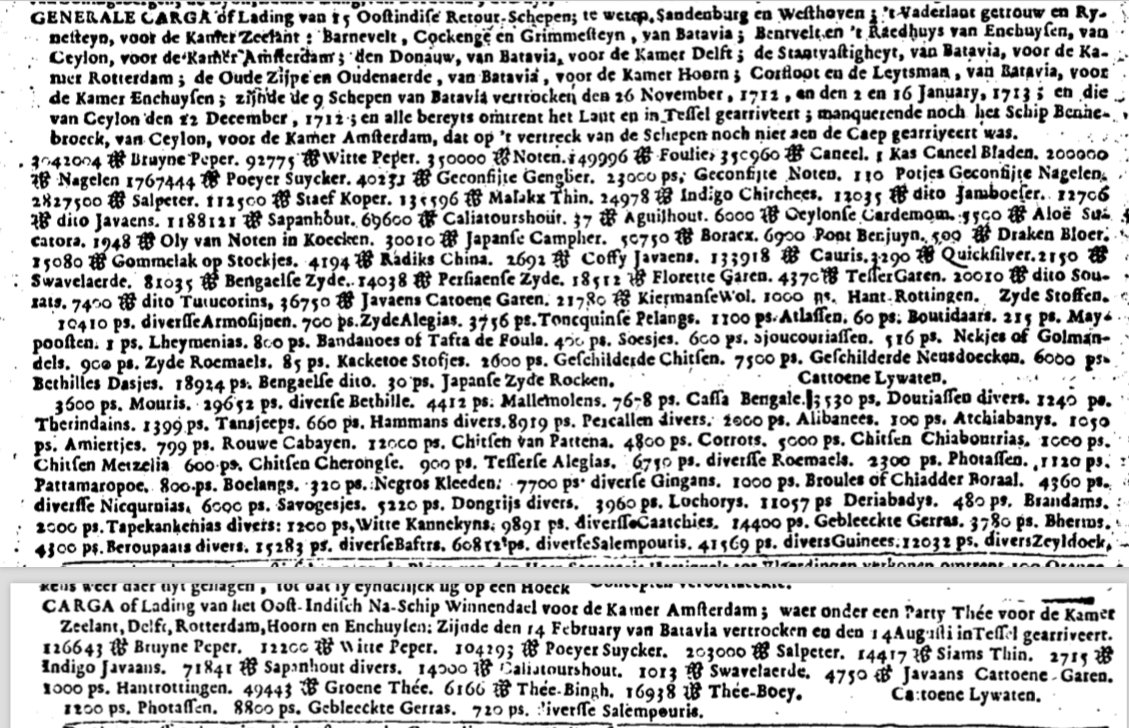I’m in the initial planning stages of a #dataviz via #knitting. It will show the variety and volumes of textile imports from Asia to the Netherlands on 16 #VOC ships from 1713, as well as knit up my #sockyarn stash and impel new yarn purchases. #dh and #craft!!
It’s all curly and awkward at the beginning, but here are 1000 stitches in green, representing 10 pieces each of a silk textile called armozijn. There were 10,410 pieces of armozijn in the annual fleet
About 10 more types of textiles represented now. Chintz is next and that’s gonna be a big one in this shipment (5 different types)
Detail. The top layer is where I’m getting into the silk neusdeuken- hankies! 750 in this shipment. Sometimes they come in a roll to be cut up into individual handkerchiefs, so no way to know if this is the total of hankies, or sheets of hankies
Blue for a bunch of dasje bethilles (some gauze-like textile) and dasje bengales (from Bengal). Also, this is definitely ugly
I’ll be on this pink for a while- it represents bethilles, which is like a gauzy muslin. In 1713 there were 29652 pieces of bethilles brought into the NLs by the #voc, so I’m  https://abs.twimg.com/emoji/v2/... draggable="false" alt="🤞" title="Crossed fingers" aria-label="Emoji: Crossed fingers"> that a mini skein will enable 2965 stitches #dataknitting
https://abs.twimg.com/emoji/v2/... draggable="false" alt="🤞" title="Crossed fingers" aria-label="Emoji: Crossed fingers"> that a mini skein will enable 2965 stitches #dataknitting
Up to 9100 stitches, representing 91,000 pieces of cloth, which is only about 17% of the 1713 textile haul of the #voc #dataknitting
Had to go to the fiber shop @MiFibreStudio to get a few more colors today. I don’t know how I imagined I’d have 50+ different yarns in my #stash. Despite knowing this was an excuse to buy more...
I’m on row 144 of 369, and all the brick red is 5 types of #chintz, the textile on my list with the most attn from scholars. There were 21200 pieces of chintz in this annual shipment, about 5% of the total textiles
I’m into the deriabadijs, in ‘poison Apple red,’ and I’ve got nearly all the remaining rows planned out. This is row 188 of 369, and representing 188000 pieces of textile so far.
I’m definitely getting more of a feel for which textile types were shipped in larger volume from this project, more than the numbers gave me, which will help focus my research efforts. I’m into the load of 15280 pieces of baftas in a kind of camo green
All that pistachio green represents 60812 pieces of salempuris in this 1713 textile shipment, by far the most numerous textile. Salempuris is defined variously: a type of chintz, white with a red stripe at edge, angora-silk cloth, colorful Indian cloth, blue or white cotton
And this is a big part of why we’re doing this project, @canderson771, because how could one term be all these things?! #DataKnitting #DataCrafting
I finished the pattern! I’m unsure what to do next. #Datacraft #dataknitting people how should I finish it?
Trying it out as a long cowl, and pinned to my new couch (poked some holes  https://abs.twimg.com/emoji/v2/... draggable="false" alt="😬" title="Grimacing face" aria-label="Emoji: Grimacing face">). Please take the survey in the tweet above!!!
https://abs.twimg.com/emoji/v2/... draggable="false" alt="😬" title="Grimacing face" aria-label="Emoji: Grimacing face">). Please take the survey in the tweet above!!!
Thanks, Jesse!
And it& #39;s done! Can& #39;t help but see what the largest imports were, from left to right: blue (6000 dasje Bethilles and 18924 dasje from Bengal), berry mixed pink (29652 assorted Bethilles), fuschia (8919 assorted parcallen), ...
brick red split by grey (4 types of chintz: 12000 from Pattana, 5000 Chiaboutris, 1000 Metzelia, 600 Cherongse), bright red (11057 deriabadijs), fruity pebbles (14400 bleached gerras, and another 8800 at the end), pistachio (60812 assorted salempuris, and another 720 later) ...
blue/white (41569 assorted guineas), and white (12032 assorted sailcloth). Of the 50+ textiles represented here, we know the most about chintz, and some about the finer examples represented by small #s here. I will try to focus my vocabulary research on these nine big chunks...
If anyone has any good suggestions for annotating the image, I& #39;m looking! Was going to try StoryMapsJS substituting the knitting for a map

 Read on Twitter
Read on Twitter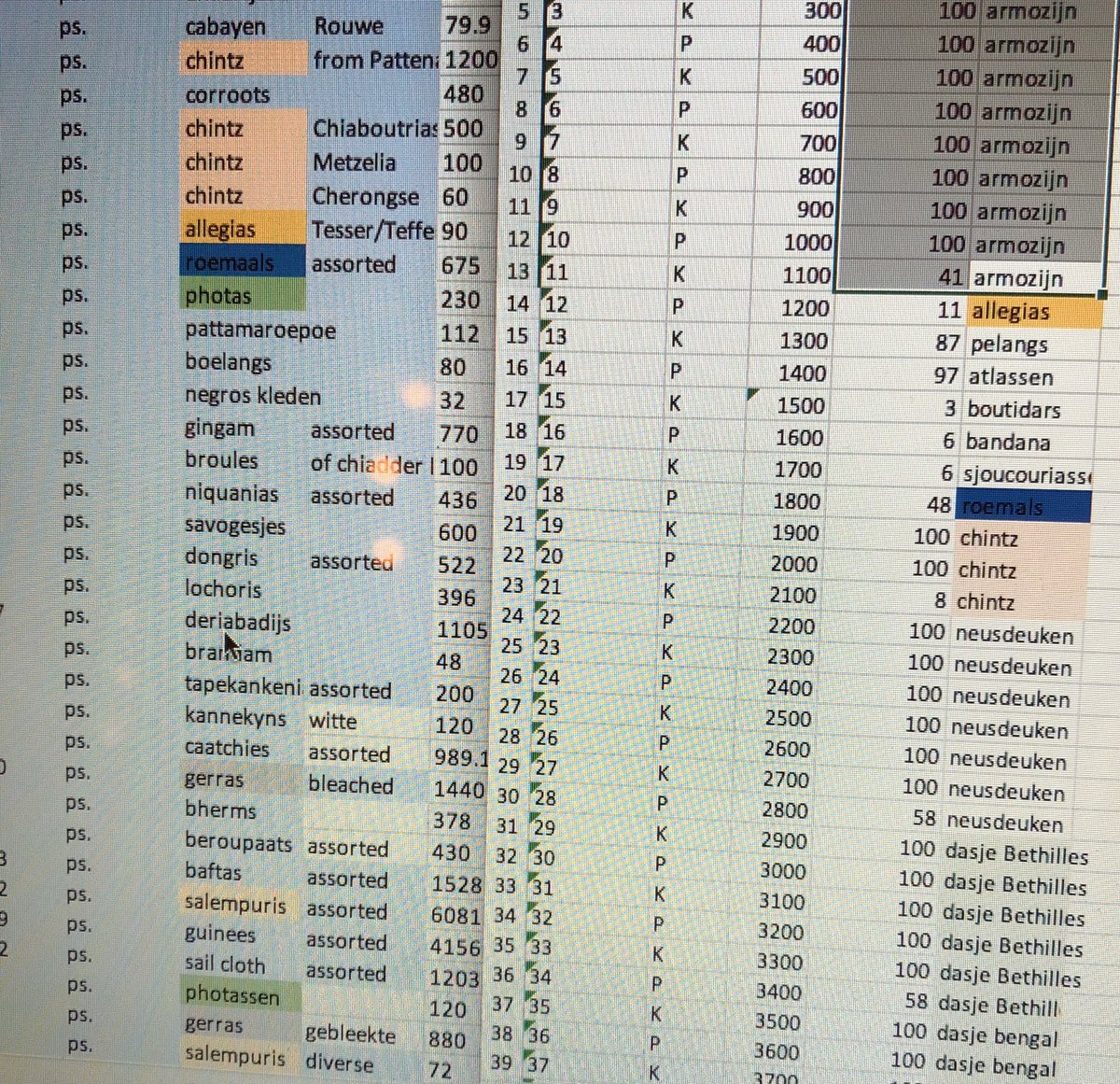
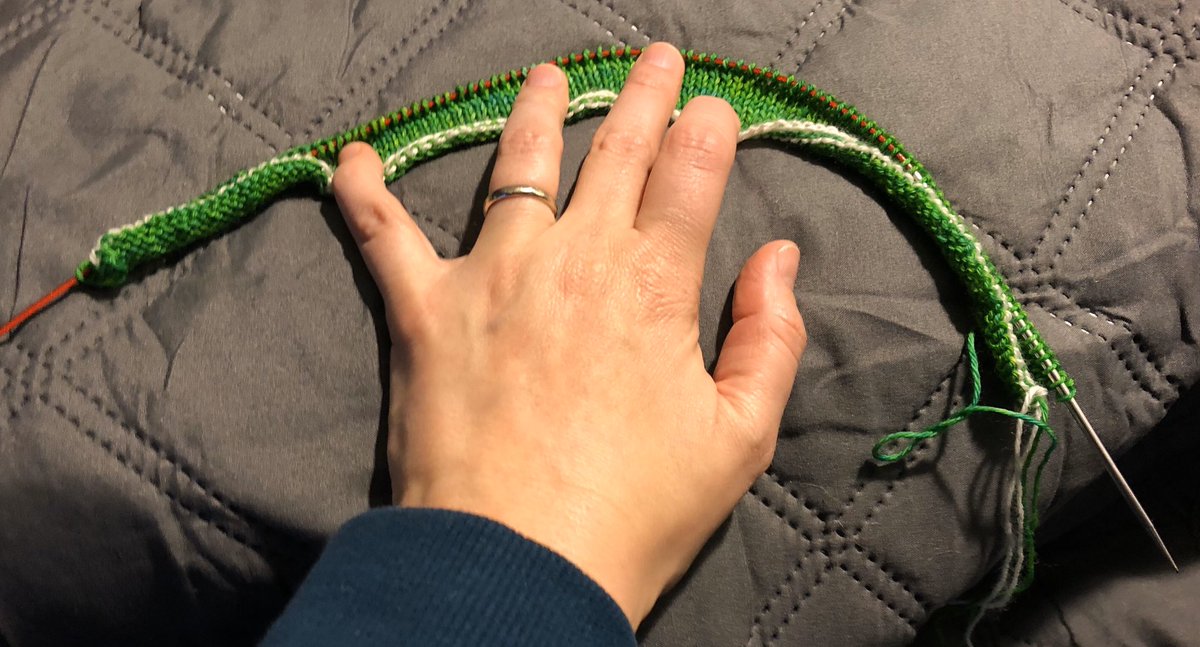
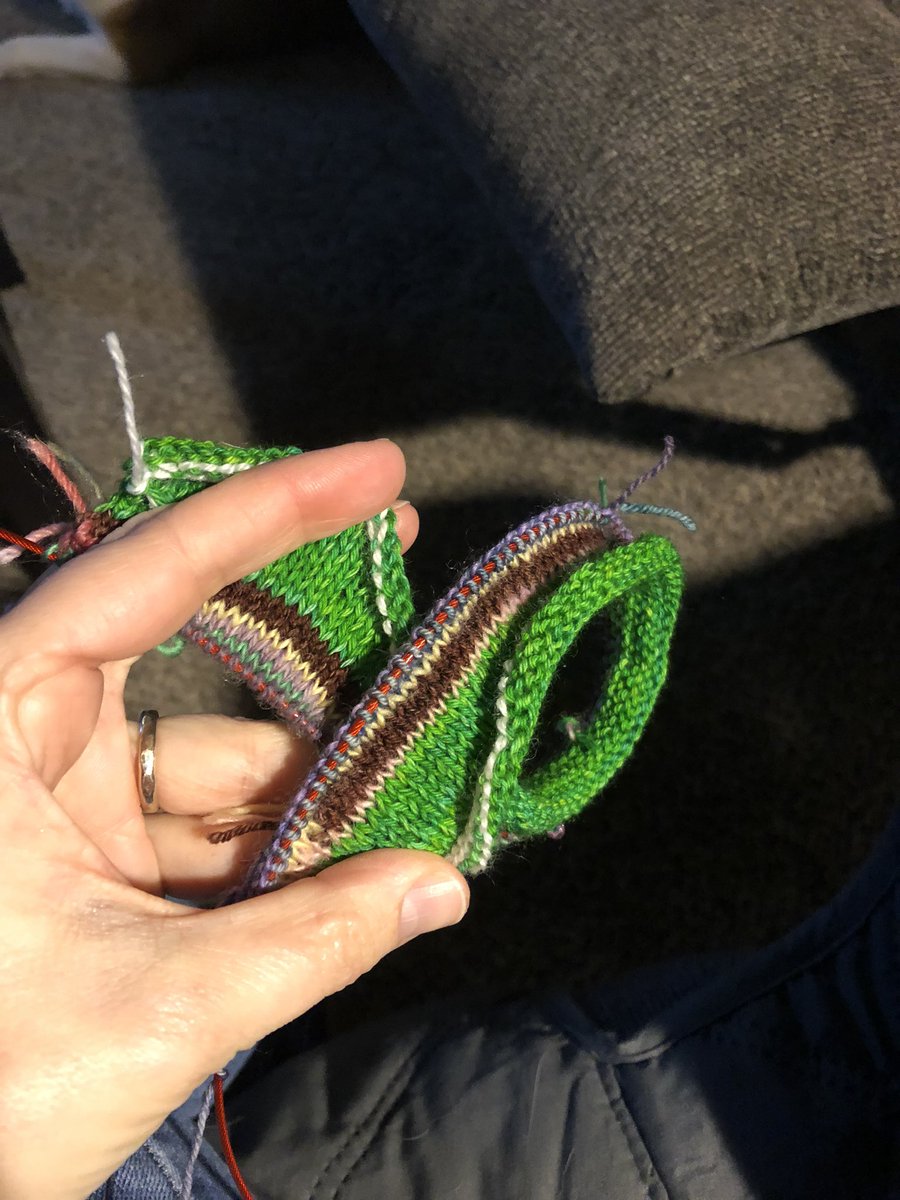
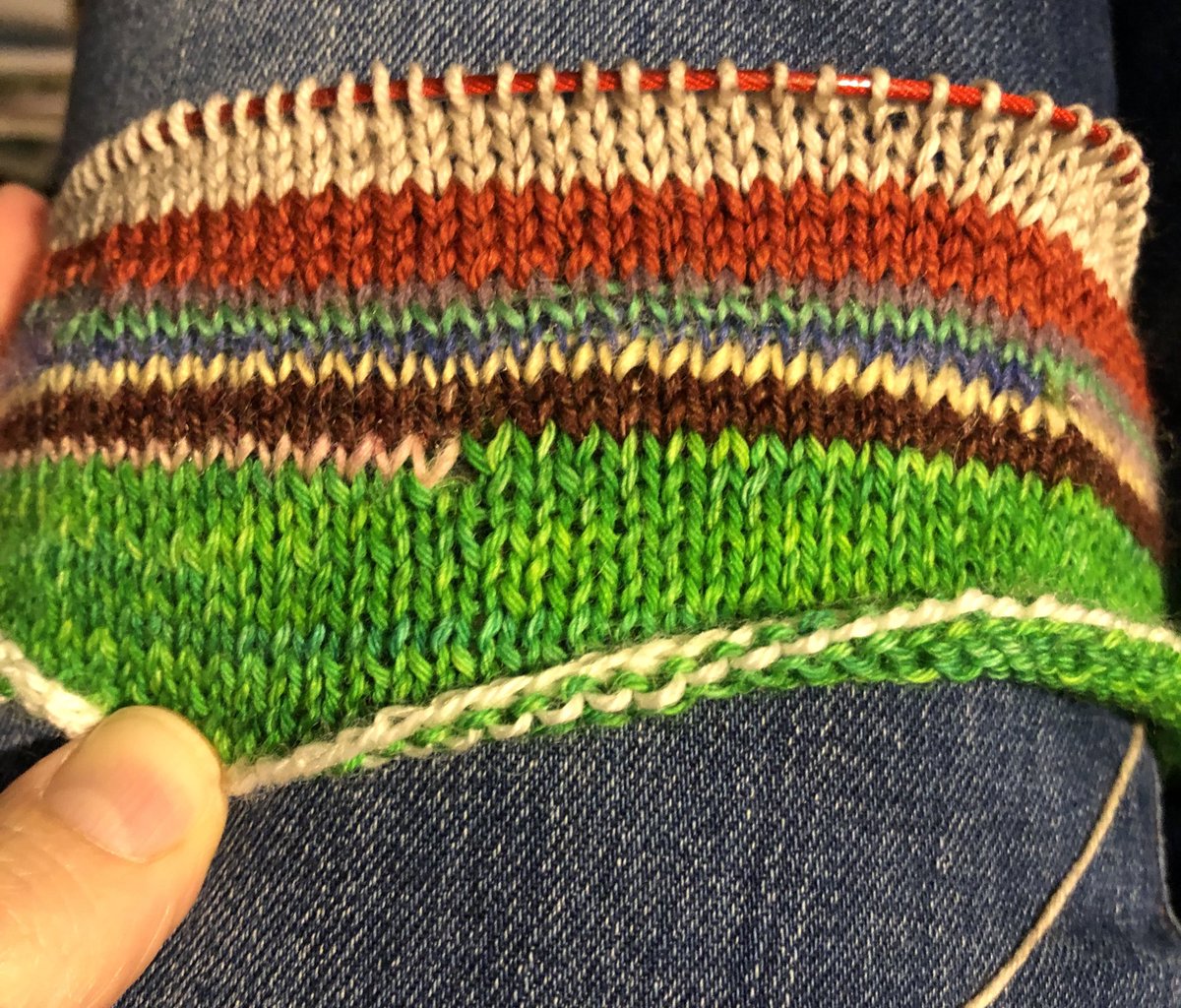
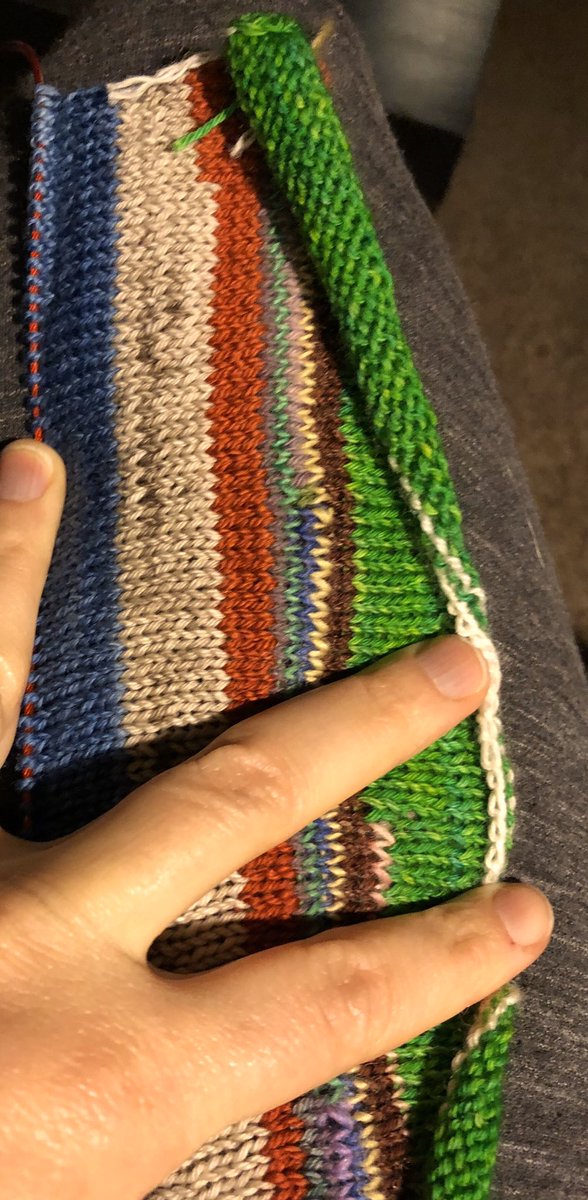
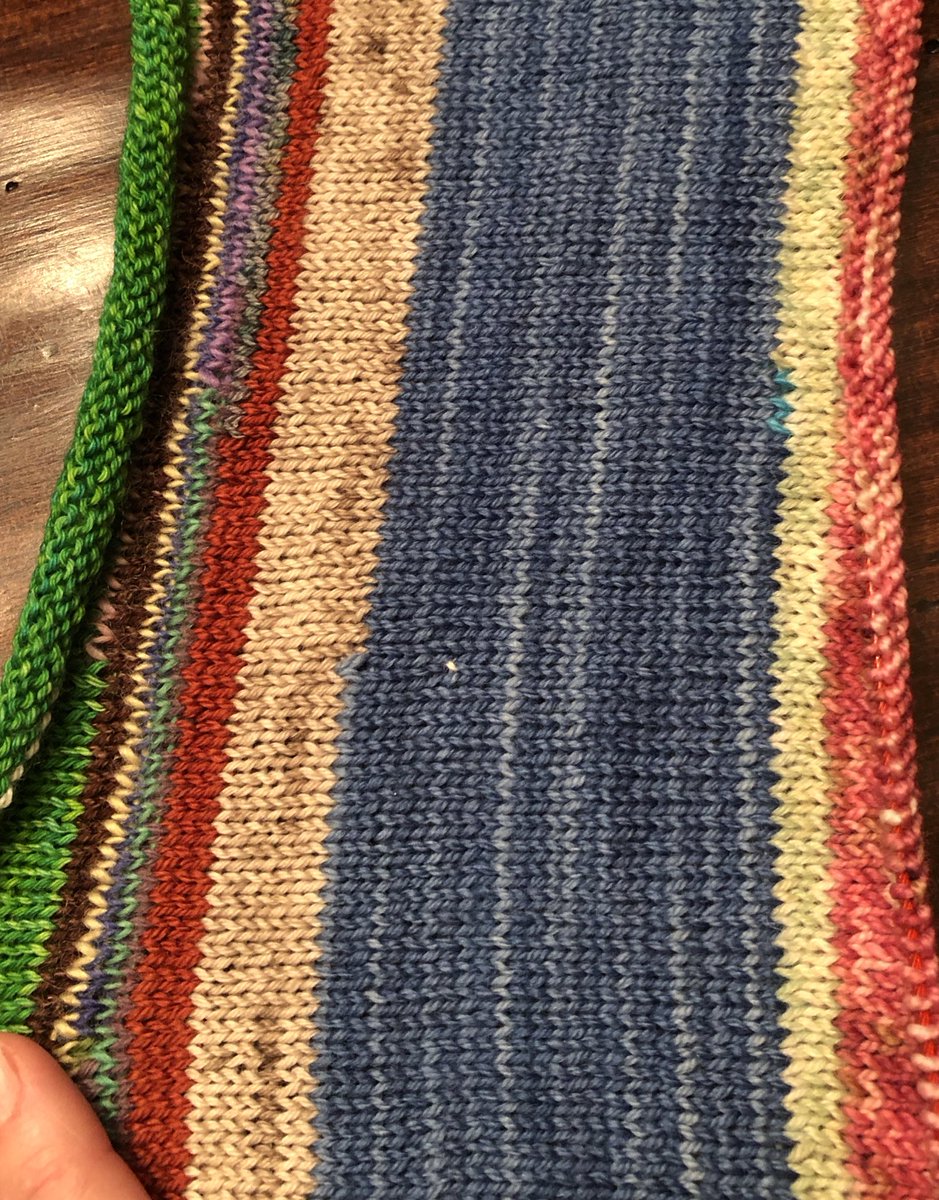 that a mini skein will enable 2965 stitches #dataknitting" title="I’ll be on this pink for a while- it represents bethilles, which is like a gauzy muslin. In 1713 there were 29652 pieces of bethilles brought into the NLs by the #voc, so I’m https://abs.twimg.com/emoji/v2/... draggable="false" alt="🤞" title="Crossed fingers" aria-label="Emoji: Crossed fingers"> that a mini skein will enable 2965 stitches #dataknitting" class="img-responsive" style="max-width:100%;"/>
that a mini skein will enable 2965 stitches #dataknitting" title="I’ll be on this pink for a while- it represents bethilles, which is like a gauzy muslin. In 1713 there were 29652 pieces of bethilles brought into the NLs by the #voc, so I’m https://abs.twimg.com/emoji/v2/... draggable="false" alt="🤞" title="Crossed fingers" aria-label="Emoji: Crossed fingers"> that a mini skein will enable 2965 stitches #dataknitting" class="img-responsive" style="max-width:100%;"/>
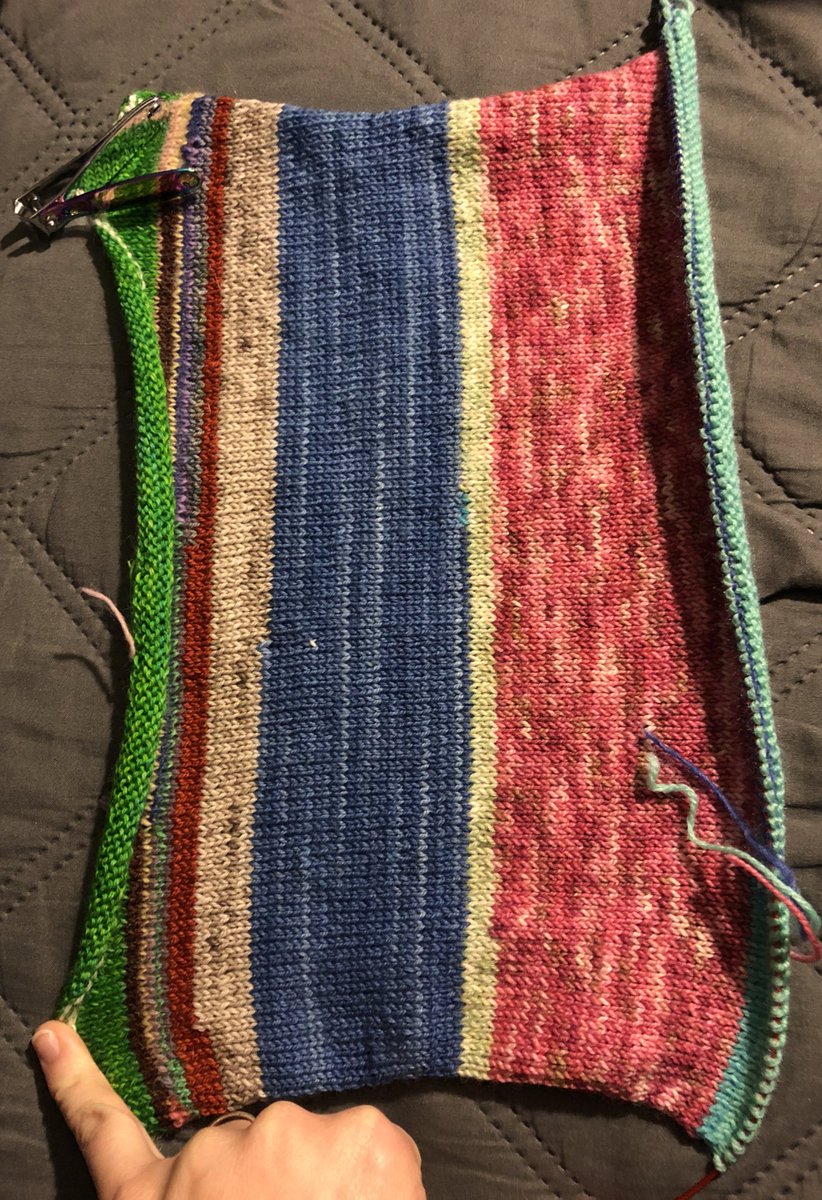
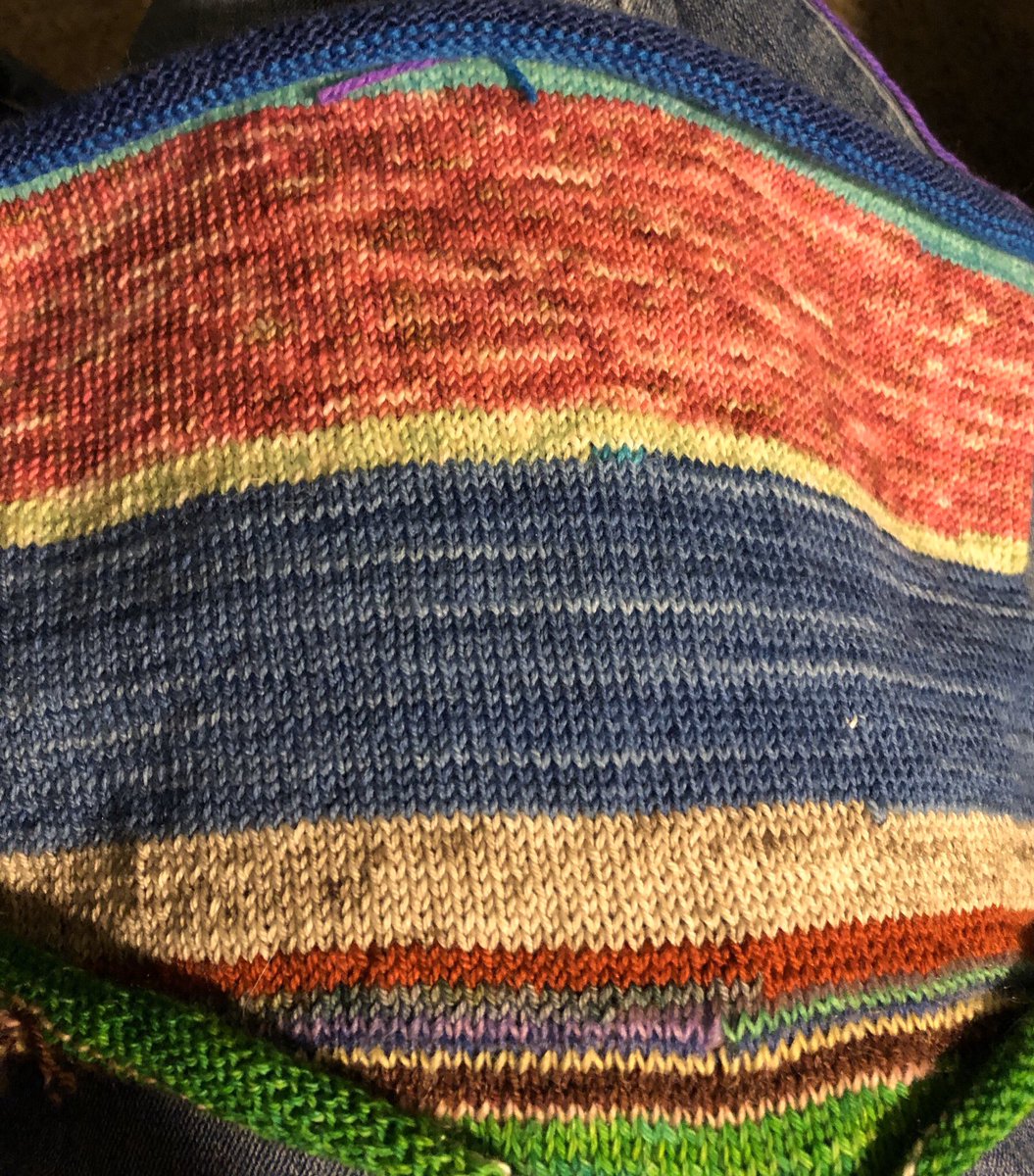
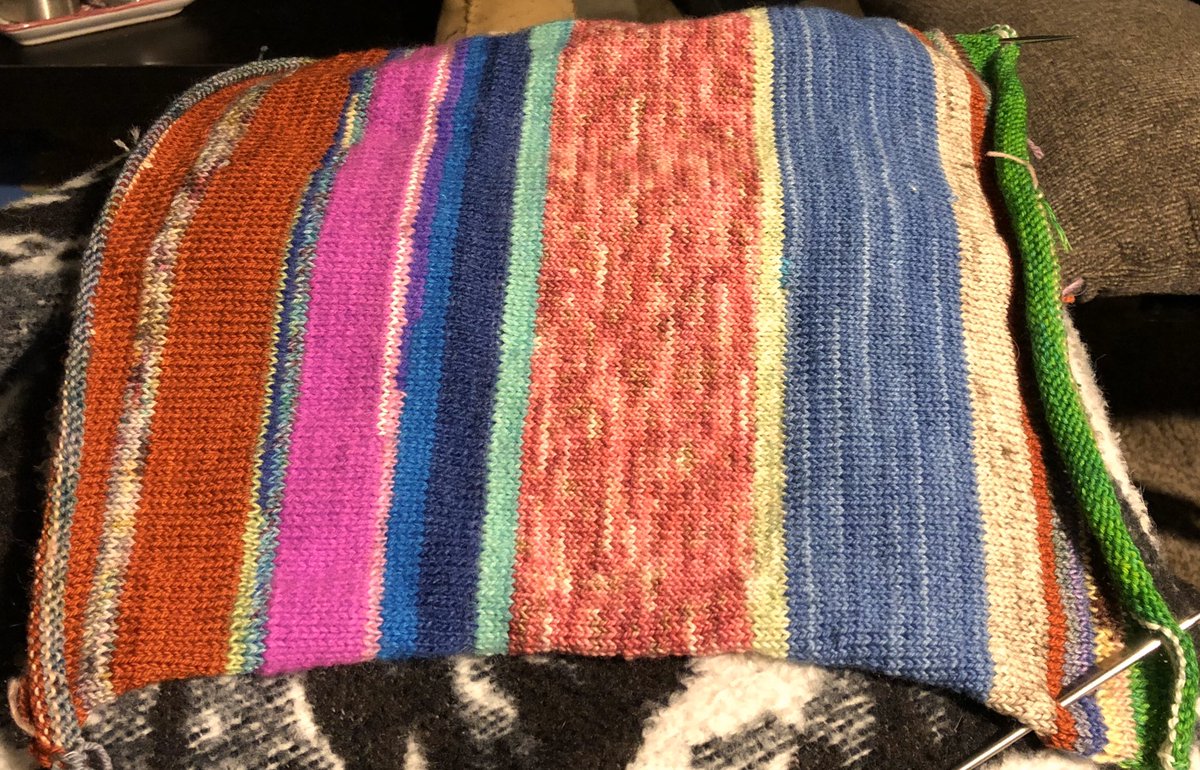
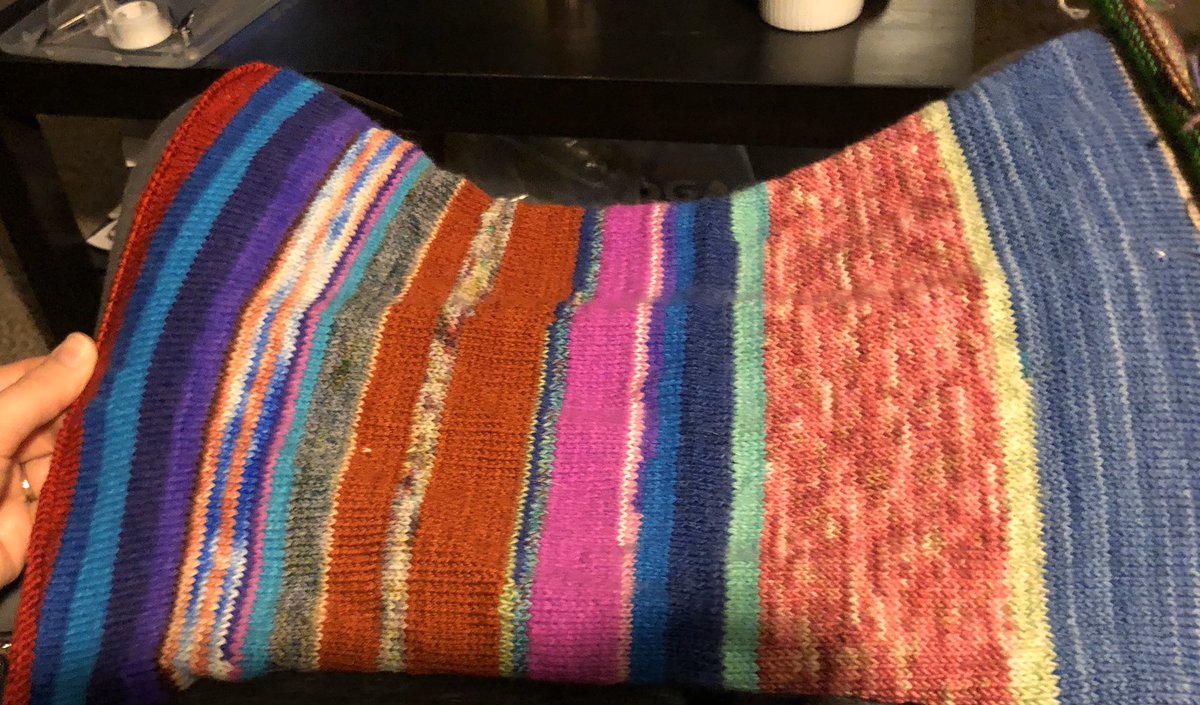
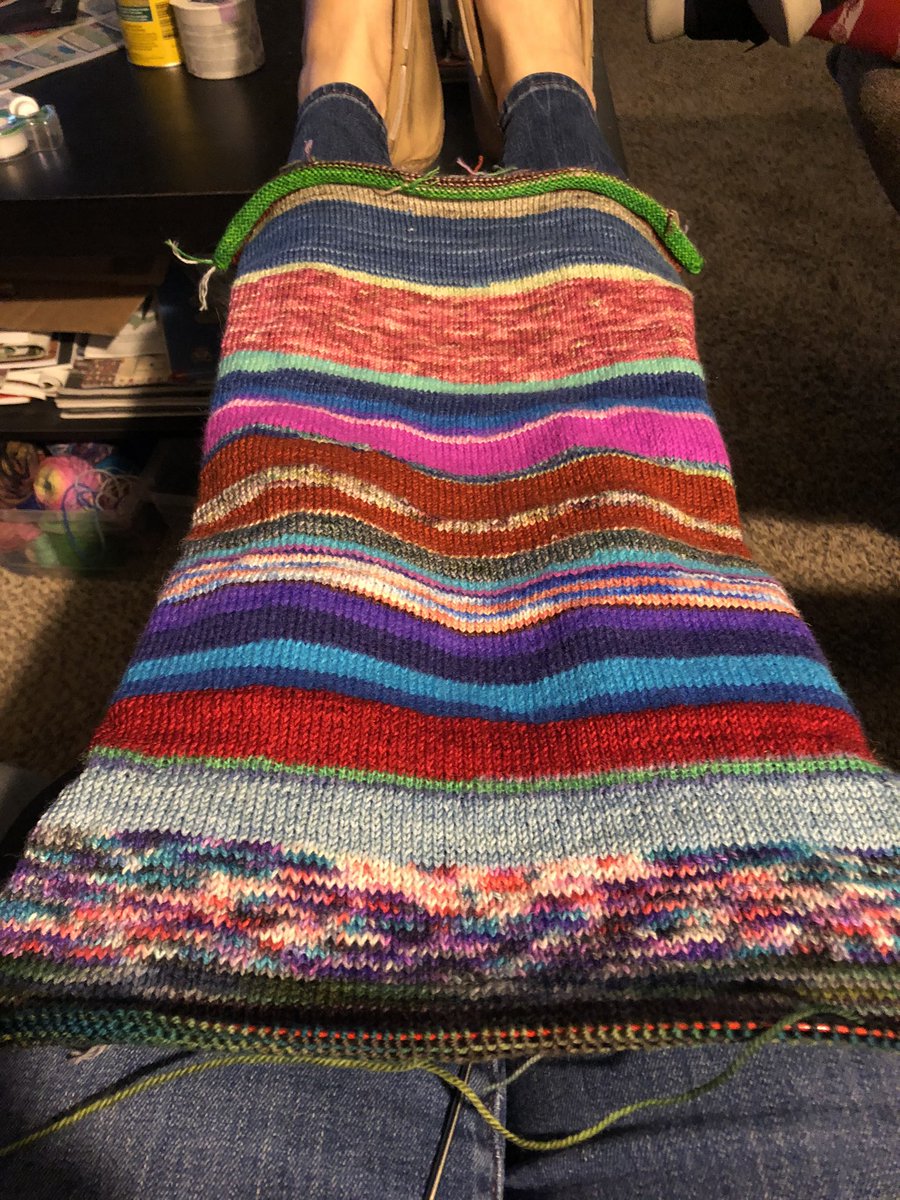
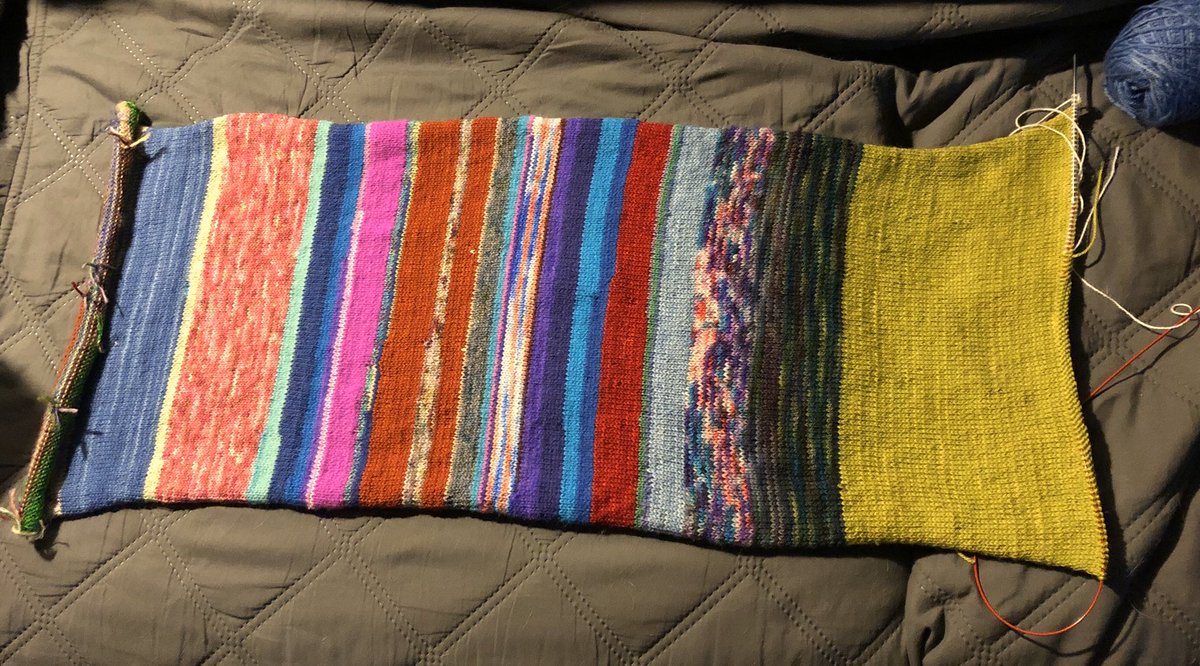
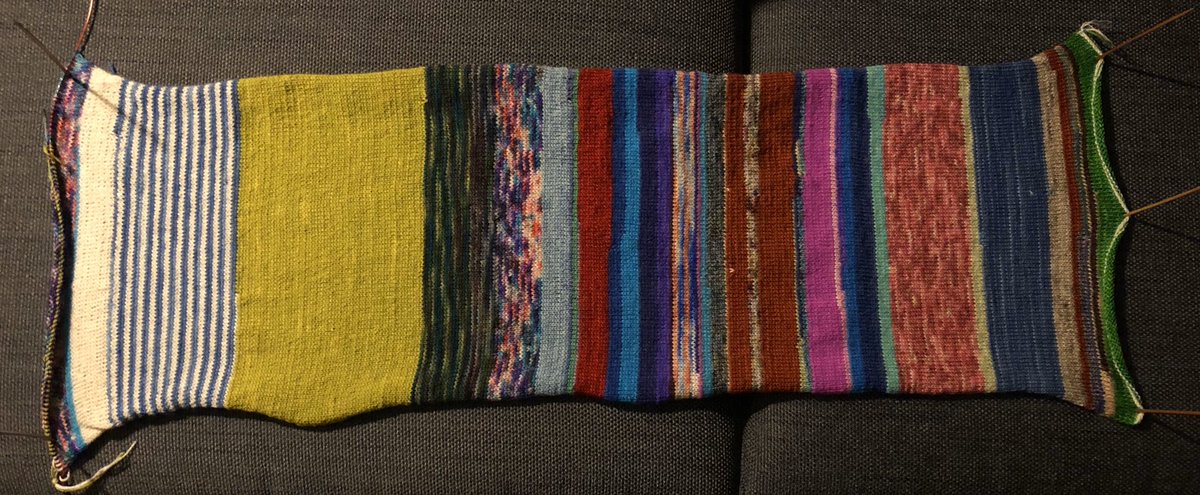 ). Please take the survey in the tweet above!!!" title="Trying it out as a long cowl, and pinned to my new couch (poked some holes https://abs.twimg.com/emoji/v2/... draggable="false" alt="😬" title="Grimacing face" aria-label="Emoji: Grimacing face">). Please take the survey in the tweet above!!!">
). Please take the survey in the tweet above!!!" title="Trying it out as a long cowl, and pinned to my new couch (poked some holes https://abs.twimg.com/emoji/v2/... draggable="false" alt="😬" title="Grimacing face" aria-label="Emoji: Grimacing face">). Please take the survey in the tweet above!!!">
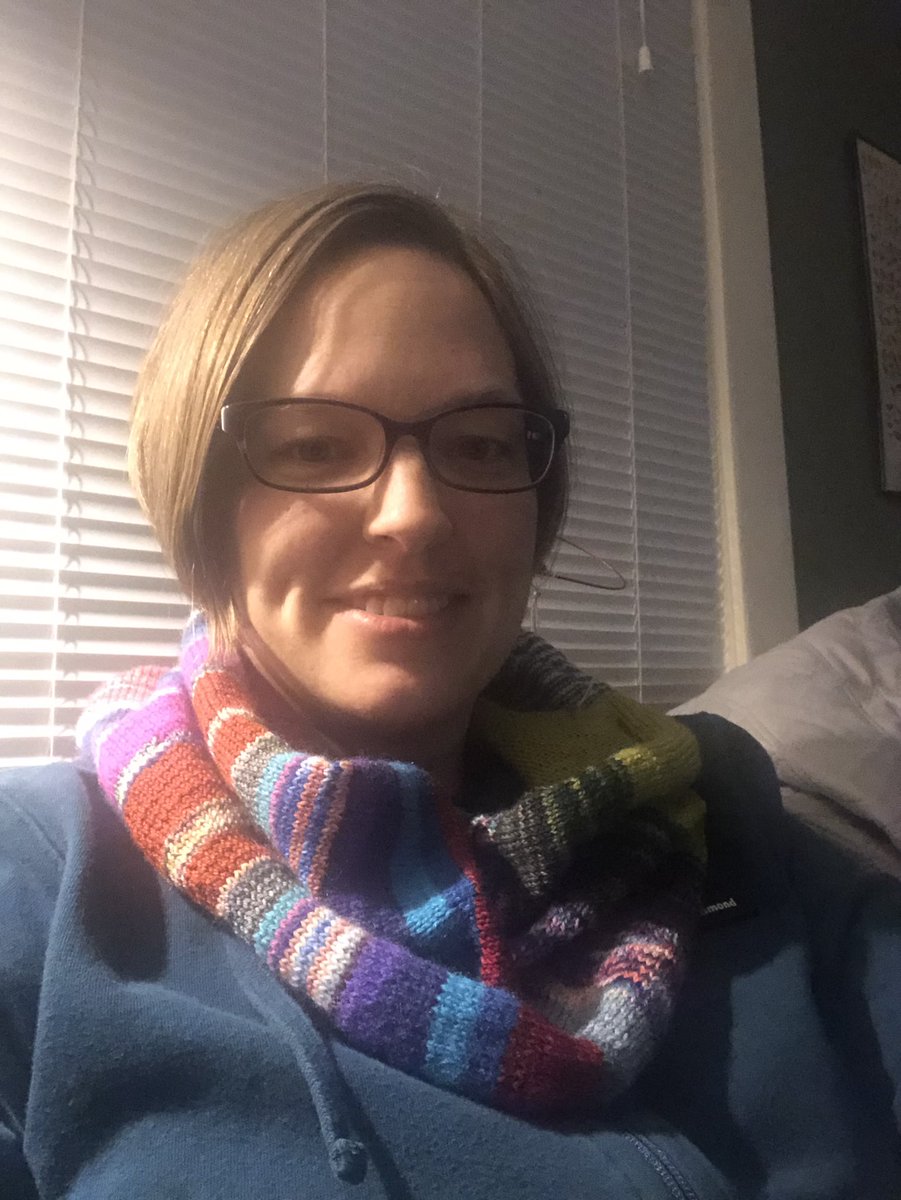 ). Please take the survey in the tweet above!!!" title="Trying it out as a long cowl, and pinned to my new couch (poked some holes https://abs.twimg.com/emoji/v2/... draggable="false" alt="😬" title="Grimacing face" aria-label="Emoji: Grimacing face">). Please take the survey in the tweet above!!!">
). Please take the survey in the tweet above!!!" title="Trying it out as a long cowl, and pinned to my new couch (poked some holes https://abs.twimg.com/emoji/v2/... draggable="false" alt="😬" title="Grimacing face" aria-label="Emoji: Grimacing face">). Please take the survey in the tweet above!!!">
